Still Obsessed With This Book. LOOK AT THE DESIGN. Its Made To Look Like An Old Library Book With Margin



Still obsessed with this book. LOOK AT THE DESIGN. Its made to look like an old library book with margin notes and extra stuff like postcards, letters and news articles. I mean… it can’t get any cooler than this.
More Posts from Thegreenkeeper and Others
These look great, I love fairy tales and folklore.



I’m going to read so many fairy tales
Fun facts about the animal symbols behind the seven deadly sins.
The animals of the seven vices
I just wanted to talk a bit about how the seven deadly sins, or seven capital vices, were always associated with animals as symbols (which is quite ironic, given the vices are human in nature). In fact, it is quite funny to see that originally the idea of representing the vices as animals was done as an anthropomorphization. The animals were humanized and designed as a reflection of the sinful humans or the social categories most afflicted by this sin (it was quite common in early Middle-Ages: take La Chanson de Renard, the song of Reynard, this very famous fiction in which animals are used to parody the medieval society). It was only later, as time passed, that the animals came to be considered as the embodiment of sin, not a reflection or symbol of it, and as a result the representations stopped humanizing the animals and started doing the reverse, animalizing the humans as a way to represent sin overtaking them.
Another fun fact to mention - originally the “animals of sin” were quite exotic creatures, like the lion or the whale, because the classification of sins and the whole origin of monotheistic (especially in this case Christian) religions come from “exotic country” like Greece, Turkey, Palestine, the Middle-East. But in the Middle-Ages it was difficult for the priests and churchmembers to make the common folk of Western Europe understand what those animals represented, since they had never seen them. And so they switched with animals much more common in France, England, Germany, be it animals of the wild, like foxes and bears, or city and farm animals, like dogs and goats.
For Pride, the traditional animal nowadays is considered to be the peacock, which was indeed a typical representation of this sin. The peacock, with its beautiful tail and colors, was considered to be an allegory for how prideful people covered themselves in jewels and precious clothes - but the bird cannot hide its “ugly legs” the same way the prideful beauty is only skin-deep. However, as you can note, the peacock truly represents pride in a sense of vanity, and indeed was only used for the pride when the vice of “vanagloria” (vain glory) was fused with the one of superbia (pride).
Before the peacock were the lion and the horse, two animals representing pride in its original sense of arrogance. The horse was the animal that the knights, lords and kings rode, a beast of the upper class, yet you could also fall from the horse’s back or the horse could throw you down, just like the prideful often falls. As for the lion, it was considered to be the “king” and “nobility” of the animals (in La Chanson de Renard, the king is parodied as Noble the Lion), but also a wild, dangerous and ferocious creature (and thus evil).
For Greed, nowadays most people will tell you that the typical animal associated with this vice is the toad. I cannot deny that there is indeed a strong link between this animal and the idea of greed (the first Christian animal allegories of greed include toad), and in general of wealth (in China, they have frog statues that, when you put a coin in their mouth, give you prosperity and money in the future), but the exact reason why is unknown to me at the moment. Some people say the toad was considered a “greedy” creature because it wanted to live both on land and water, unable to just choose one part of the universe like all the other animals. I do not know if this explanation has true cultural basis.
Usually, greed was also represented by several other animals in medieval imagery. On one side, you had the wild ravenous animals: the wolf, seen as a greedy devouring beast, or the fox, which often raided the farms to “steal” the chickens and young animals away (and the fox was always perceived in Middle-ages as a greedy thief). On the other, you had smaller creatures, like the mole (due to living underground and constantly digging the earth, it was a reflection of Greed’s materialism) or the badger. More surprisingly - the monkey or the ape was seen as the animal of greed. Why, you might ask? Because when the bourgeoisie appeared in medieval society, they wanted to flaunt their wealth all the way they could, and one of them was to buy a monkey and show it to all your friends and clients. As a result, the monkey became the symbol of the greedy bourgeois and materialistic merchants that wanted to show off and flaunt their wealth - and the animal of the vice of Greed.
For Lust, nowadays people will tell you the animal is either the cow or the goat.
The cow was not the most widespread representation of lust in the Middle-Ages, in fact it seems more of a modern interpretation. Some point out how the cow was seen by ancient civilizations as associated with love, beauty and sexuality - and it could have been a joke on how the social category of Lust (the same way Pride was kings and noblemen, and Greed bourgeois and merchants) was the one of the “lady” and “noblewomen”, the upper class women (who would be the center of love stories and romances in legends, and often cheat with their husband when they are away at war or for political reasons).
The goat was much more traditional than the cow. The goat (be it the female goat or male goat) was perceived as a symbol of an excessive and aggressive sexual strength, which can only lead to a brutal copulation or a frustration of the desires.
The sow was also often considered to be the animal of lust - where the male pig represents gluttony, the female pig is the other excess of the flesh, a symbol of lasciviousness. But more importantly - the snake was the symbol of lust. The snake which seduced Eve in the garden of Eden to bite into the apple, the snake with its phallic shape, the snake that some theologians considered had sex with Eve and thus eating the apple was but a metaphor for Eve cheating on Adam with the embodiment of temptation and evil.
Nowadays people say that the animal representing Wrath is a bear - pointing out how mother bears are very violent and aggressive when it comes to protecting their young. I have to say that this is however a modern interpretation. It is true that the bear was seen as a being of violence and brutality - but not so much a “wrathful” beast. It was rather considered to be a gluttonous and lustful being. It is true that many wild and aggressive animals were considered symbols of wrath: the leopard, the wolf, the lion… The king of them being the dragon, the physical embodiment of the wildness, dangerousness and destructiveness of nature, the chaotic fires and claws of evil.
But the traditional animal of Wrath was actually the boar. Aggressive and attacking all those around him, charging blindly - just like the wrathful are blinded by rage. It even reflected how wrath was perceived as the vice of suicide: indeed the hunters often used the blind and violent attacks of the boar against him, he went so fast and so blindly he would end up impaled on their sword, the same way the suicidal are blinded by their desire for self-destruction and run towards the “sword”.
The hedgehog also had a role as a symbol of wrath - since he was covered in spikes, he was seen as a reflection of how the wrathful becomes untouchable and drives everyone away by covering themselves in “spikes” harming anyone trying to get close.
Envy’s animal was always considered to be the dog (especially the greyhound). It was due to the idea that the dogs kept fighting between each other for food - and the specific picture of dogs fighting over a bone. A dog unable to stand another one of his species having a bone (literaly something with no meat and thus seen as useless) and trying to steal it away - this was perceived as pure envy.
Other animals close to the dog were perceivd as the embodiment of envy - like the wolf or the fox, wilder cousins of the dog. Envy also had a strong connection to reptilians - be it the snake (that according to some used envy and jealousy to make Eve eat the forbidden fruit), a dragon or a basilisk (that poisons everything around it).
Gluttony’s symbol stayed the same since the ancient times: the pig. An omnivore being perceived as the embodiment of over-eating, who visibly enjoyed a lot the act of eating and wallowed in the mud and his own filfth… That was how the excessive and wasteful gluttons were perceived.
Other animals were also considered symbols of gluttony. The wolf was seen as a hungry devourer (hence why in fairytales he keeps trying to eat everyone), and the bear was also considered to be an embodiment of gluttony and lack of temperance (due to how crazy bears are about honey and how much they can eat - again, in La Chanson de Renard, the character of the bear gets tricked by the protagonist due to his gluttony).
And finally we reach Sloth, or Acedia.
Nowadays people tend to say that the goat or the sloth are the “sloth animals”. The goat, yes, it was perceived as a symbol of laziness (some pretend that this is due to the “scapegoat” which is the easiest and laziest way to get rid of a problem by accusing instead of searching the truth, and while this interpretation is valid, it is probably not the true explanation since the scapegoats weren’t perceived like that in Middle-ages, but anyway). But the sloth was too recently discovered to be a symbol of sloth in traditional art. Of course it is connected to the vice (after all it was NAMED Sloth), but it is not a traditional symbol of it.
The traditional symbol of Sloth (and Acedia, the two being separate yet later fused together) is actually the donkey. Of course many people understand why the donkey is sloth in a pragmatic term - it is said to be a lazy, stubborn beast that you have to force to work. Those more educated will know that the donkey was also seen as the animal unable to choose and incapable of making adecision - there is this story of how a donkey ended up dying of thirst and hunger because it could not decide whether to go right to drink or go left to eat. But what few people know is the religious meaning of the donkey.
You see, the donkey is known to eat thistle. And the thistle, beautiful but that pricks those that take it, is a representation of the temptation of sin. As a result the donkey eating thistle was a symbol for people simply taking the easy way and falling for the temptation of sin (the stuff on the ground that pricks) instead of making an efffort and reaching for the virtue (such as the fruits hanging from the branches of trees).
In modern days, people tend to use snails as a new symbol for sloth.
A beautiful statement
A 7th Century Irish Catholic Creed
Our God is the God of all men, the God of heaven and earth, of the sea and the rivers, God of the sun and the moon and all the stars, the God of high mountains and low valleys; God above heaven and in heaven and below heaven, He has His dwelling in heaven and earth and sea and in everything that is in them. He breathes in all things, makes all things live, surpasses all things, supports all things; He illumines the light of the sun, He consolidates the light of the night and the stars, He has made wells in dry earth and dry islands in the sea and stars for the service of major lights. He has a Son, coeternal with Him, similar to Him; the Son is not younger than the Father, nor is the Father older than the Son, and the Holy Spirit breathes in them; the Father and the Son and the Holy Spirit are not separate.
Bishop Tírechán, Collectanea (26:8-11)
These are really cool and they give me a lot of conceptual story ideas.





Fantasy Cities by Florian Moncomble
I've always believed this to be canonically correct.
Fun fact! According to folklorists, all myths, fairy tales and nursery rhymes that are about some dude named Jack are talking about the same guy
What this means is, that ever single one of the following
Jack Be Nimble (who jumped over burning candles for fun)
Jack the Giant Killer (who sold his cows for magic beans then robbed and killed a giant)
Stingy Jack (who tricked the devil so many times he was banned from both afterlives)
Jack of Jack and Jill (who splattered his head open falling down a hill)
Jack o’ Lantern (the headless horseman spirit of halloween)
Jack Frost (the spirit who heralds the end of autumn and the start of winter)
Are literally the same jackass who made so many bad life choices he ended up an immortal ice dullahan with a pumpkin serving as both his head and flashlight
Cats are hilarious

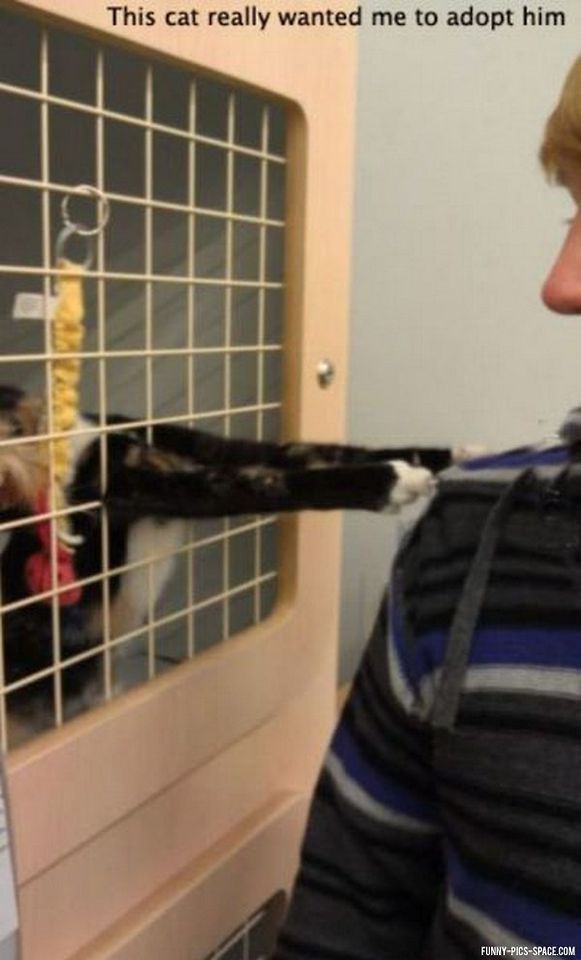

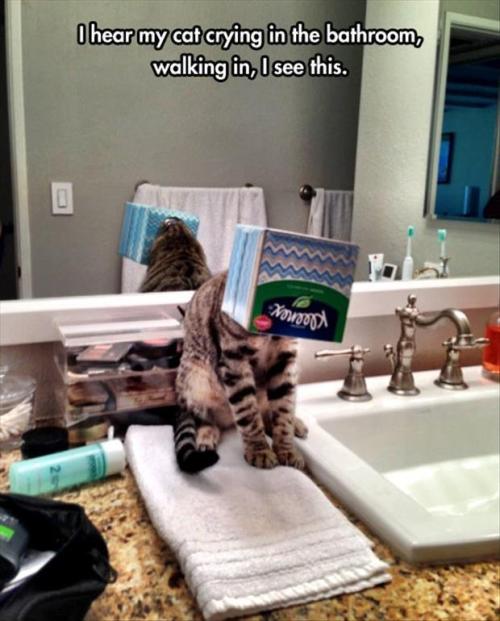
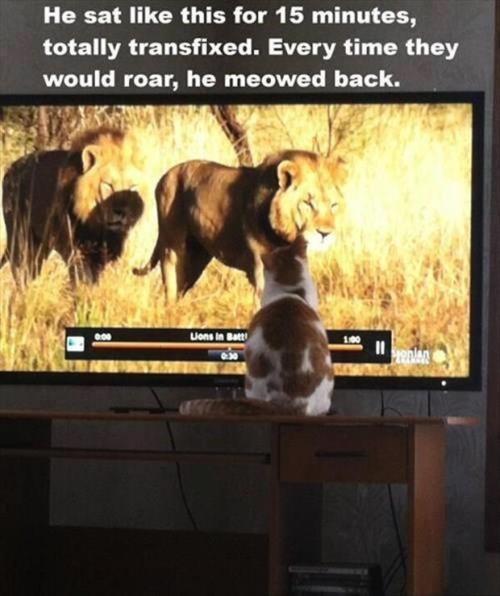
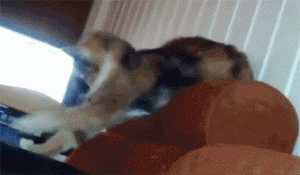

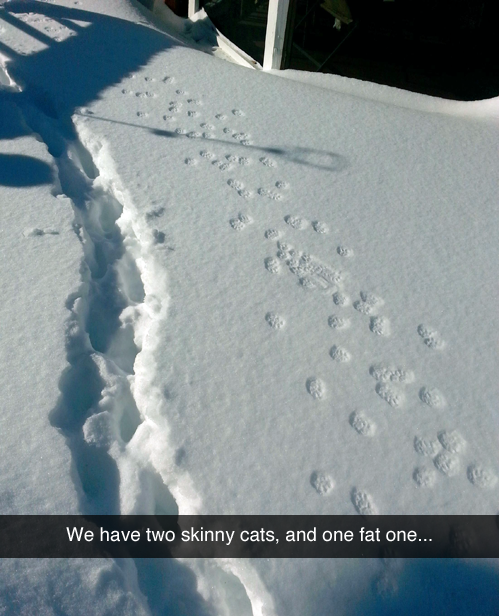
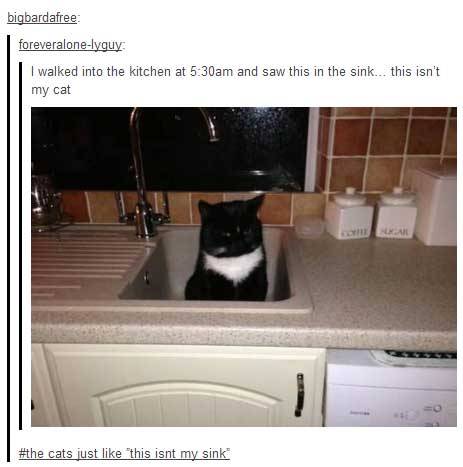
This is beautiful

Sue Davis studios
I love these films, can't wait to see the third and final film in the trio
Secret of Kells/Song of the Sea
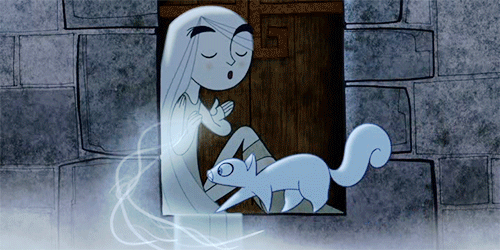




Happy St. Patrick’s Day!
Cartoon Saloon makes beautiful films, check them out if you have the chance!
I love architectural designs/landscaping like this, so cool.
Dear Archy, so you have anything to inspire some fantasy writing? I'm talking buildings made out of living trees or gardens that look super cool n’ stuff?
So many!
Here is a small selection of fantasy architecture and gardens. I would also recommend checking out the photography of Kilian Schönberger which is fantastic!

Hobbiton
Keep reading
This is beautiful, I'd be curious to know exactly where the original saying came from.

After this image became so popular, the quote passed me by on an almost daily basis. Eventually, my brain settled on a bit more darkish interpretation of ‘the crows leading you home’.
Made for inktober initially, original drawing can be found here
-
 mvrnc liked this · 3 years ago
mvrnc liked this · 3 years ago -
 beatleszeppelin liked this · 4 years ago
beatleszeppelin liked this · 4 years ago -
 sadiesaucer liked this · 4 years ago
sadiesaucer liked this · 4 years ago -
 captaineyob-blog liked this · 5 years ago
captaineyob-blog liked this · 5 years ago -
 192168171 liked this · 5 years ago
192168171 liked this · 5 years ago -
 192168171 reblogged this · 5 years ago
192168171 reblogged this · 5 years ago -
 sunnyasterop liked this · 6 years ago
sunnyasterop liked this · 6 years ago -
 occasionallyundulyformal reblogged this · 6 years ago
occasionallyundulyformal reblogged this · 6 years ago -
 pancakebby liked this · 6 years ago
pancakebby liked this · 6 years ago -
 junkiejesus26 liked this · 6 years ago
junkiejesus26 liked this · 6 years ago -
 sophieninguncesi liked this · 6 years ago
sophieninguncesi liked this · 6 years ago -
 wierdgirlwithnodreams liked this · 6 years ago
wierdgirlwithnodreams liked this · 6 years ago -
 shanna-md liked this · 6 years ago
shanna-md liked this · 6 years ago -
 books-and-bedsheets liked this · 6 years ago
books-and-bedsheets liked this · 6 years ago -
 dearmoon-y reblogged this · 6 years ago
dearmoon-y reblogged this · 6 years ago -
 freyremota liked this · 6 years ago
freyremota liked this · 6 years ago -
 shycreationblog-blog liked this · 6 years ago
shycreationblog-blog liked this · 6 years ago -
 sithinkit liked this · 6 years ago
sithinkit liked this · 6 years ago -
 ikilleddamockingbird liked this · 6 years ago
ikilleddamockingbird liked this · 6 years ago -
 hashtagnerdygirl-blog liked this · 6 years ago
hashtagnerdygirl-blog liked this · 6 years ago -
 notyetlegallyblonde reblogged this · 6 years ago
notyetlegallyblonde reblogged this · 6 years ago -
 sle-epymilk reblogged this · 6 years ago
sle-epymilk reblogged this · 6 years ago -
 attheexactlyrighttimeandplace reblogged this · 6 years ago
attheexactlyrighttimeandplace reblogged this · 6 years ago -
 kamillamacaulay liked this · 6 years ago
kamillamacaulay liked this · 6 years ago -
 doctapuella liked this · 6 years ago
doctapuella liked this · 6 years ago -
 choco-rose-blog1 liked this · 6 years ago
choco-rose-blog1 liked this · 6 years ago -
 manuscripts-dontburn reblogged this · 6 years ago
manuscripts-dontburn reblogged this · 6 years ago -
 lettersfromthelighthouse reblogged this · 6 years ago
lettersfromthelighthouse reblogged this · 6 years ago -
 life-andtimes-less liked this · 6 years ago
life-andtimes-less liked this · 6 years ago -
 canizaresdee-blog liked this · 6 years ago
canizaresdee-blog liked this · 6 years ago -
 cinnamonfae liked this · 6 years ago
cinnamonfae liked this · 6 years ago -
 quadsncoffee reblogged this · 6 years ago
quadsncoffee reblogged this · 6 years ago -
 incondeluge liked this · 6 years ago
incondeluge liked this · 6 years ago -
 olumkomedisi liked this · 6 years ago
olumkomedisi liked this · 6 years ago -
 powerbottomcumslut420 liked this · 6 years ago
powerbottomcumslut420 liked this · 6 years ago -
 silhouettos reblogged this · 6 years ago
silhouettos reblogged this · 6 years ago -
 sokke989 liked this · 6 years ago
sokke989 liked this · 6 years ago -
 cheryley liked this · 6 years ago
cheryley liked this · 6 years ago -
 glowingfalkor reblogged this · 6 years ago
glowingfalkor reblogged this · 6 years ago -
 chillbongg liked this · 6 years ago
chillbongg liked this · 6 years ago -
 caricature-of-a-witch reblogged this · 6 years ago
caricature-of-a-witch reblogged this · 6 years ago

-Just Me [In my 30s going on eternity] (A Random Rambling Wordy Nerd and an appreciator of all forms of artistic expression) Being Me- Art, Books, Fantasy, Folklore, Literature, and the Natural World are my Jam.
249 posts